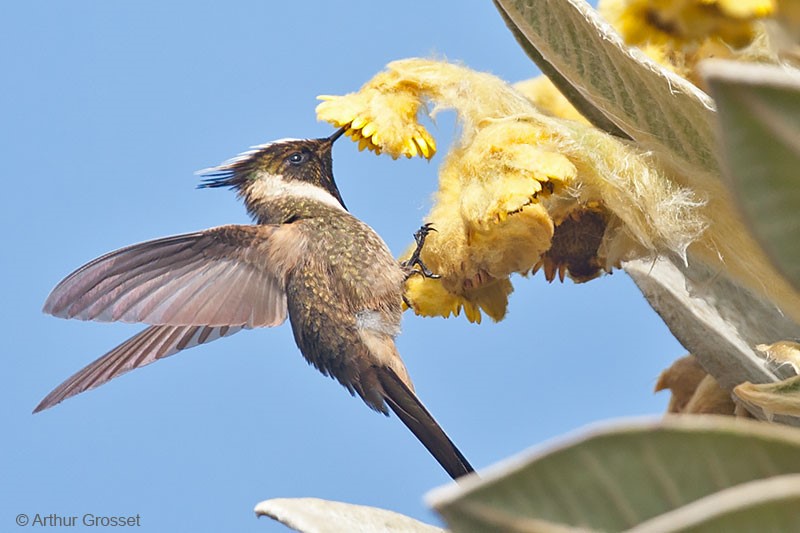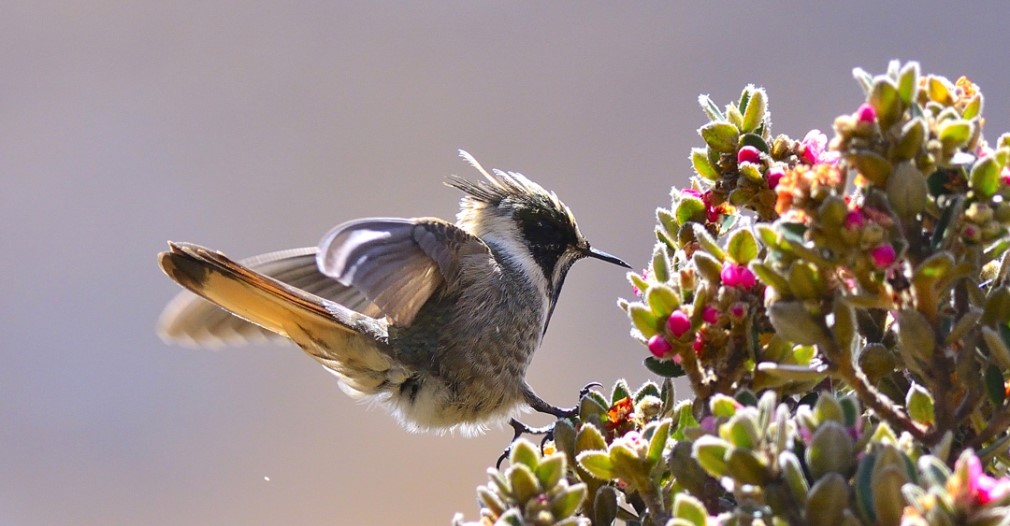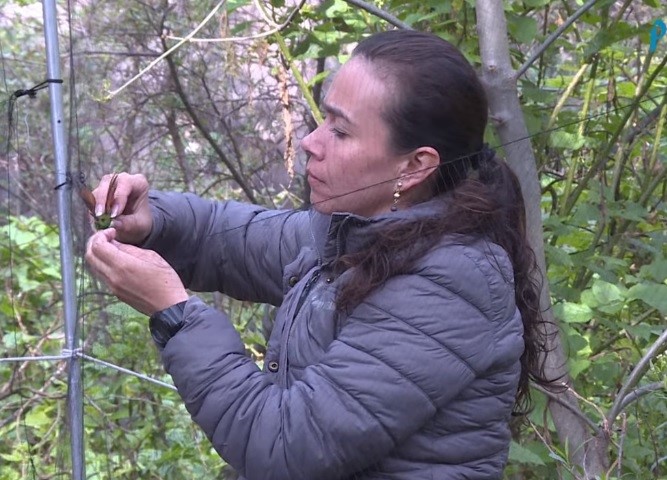
It is a rather rare hummingbird even within its small range of distribution (O. Cortés Herrera and X. Villagrán obs. Pers. 2014). It has an altitude range limited to the páramo and subparramo between 3100 and 4200 m of the Sierra Nevada de Santa Marta, in the departments of Magdalena, Cesar and La Guajira, where 62 specimens were collected between 1940 and 1946 (Biomap Alliance 2013; Collar and Salaman 2013). In recent explorations led by the ProAves Foundation in the Páramo from Chirigua (Guajira) and the presence of this species was not registered at the source of the Guatapurí River (O. Cortés-Herrera and X. Villagrán obs. pers. 2014). This is possibly due to the high degree of destruction of the páramo by anthropic activities of livestock and agricultural crops, added to the extraction of the trunks of the frailejones, to be used as elements for the construction of houses of the local ethnic groups (O. Cortés-Herrera and X. Villagrán obs. pers. 2014). On March 4, 2015, the Corporation rediscovered a population of this hummingbird in the moors near San Pedro de los Milagros (department of Magdalena). O. cyanolaemus can depend on the floral resources of the moor as frailejones of the Espeletiinae subtribution, as it has been reported for the other species of the genus (O. guerinii and O. stubelii). For the SNSM, the presence of species of this subtribute has been documented, Libanothamnus occultus, Diplostephium coriaceo, Ageratina barclayae and Senecio romeroi (Cleef and Rangel 1984; Carbon and Lozano- Contreras 1997), which could offer nectar as a food resource (O. Cortés-Herrera and X. Villagrán obs. Pers. 2014). In the expeditions made to the moors of the Sierra Nevada were recorded that this species has interspecific interactions with hummingbirds such as Colibri coruscans, Chaetocercus astreans, Ramphomicron dorsale and Metallura tyrianthina (O. Cortes-Herrera and X. Villagrán obs. pers. 2014).



